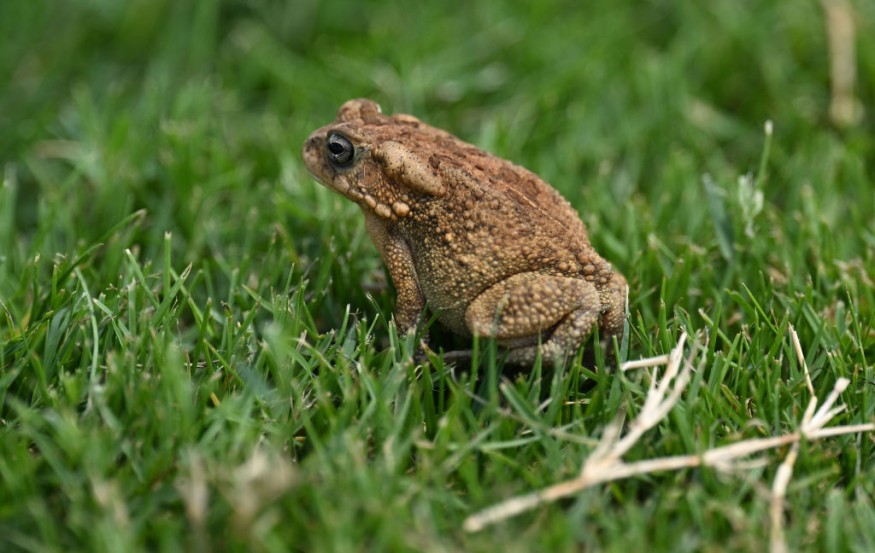
A team of Indian scientists discovered something that has left many in the scientific community intrigued: a mushroom growing from a frog.
Bonnet Mushroom
According to biologists working with the World Wildlife Fund, this is the first time a mushroom has been found growing on live animal flesh.
In June, the five scientists were looking for reptiles and amphibians as they hiked around the mountain range's base. However, when they came across a small roadside pond filled with roughly 40 tiny frogs, they observed something strange about one of them.
Perched on a twig, the frog had a strange growth on its left flank that, upon closer inspection, revealed itself to be a little gray mushroom.
Although the frog was not taken for further study, photographs published online of the amphibian with a fungus growing near its hind leg piqued experts' interest.
The frog species known as Rao's intermediate golden-backed frog (Hylarana intermedia) is native to this region, which is one of the most biodiverse in the world.
Fungus experts identified the mushroom as a bonnet mushroom (Mycena sp.), which is commonly seen on rotting wood.
Several microorganisms, including bacteria and fungi, have been observed to coexist with organisms, with the majority of them being symbiotic or at least harmless.
Some, however, can produce infections under particular conditions, such as the fungi that cause athlete's foot, yeast infections, or candidiasis, an oral fungal illness.
Expert Debates
A mushroom growing on a live organism has never before been reported, according to the study.
"To the best of our knowledge, never has a mushroom sprouting from the flank of a live frog been documented," researchers said.
This could be because mushrooms require nutrients that are not often found in enough amounts on the skin of any mammal.
Researchers believe that in this case, the humid, monsoon-fed Western Ghats offered an excellent habitat for mushroom growth by supplying ample moisture and organic matter.
The actual nature of the mushroom growing on the frog, whether contagious or benign, and how far it entered the skin, remain unknown.
This could be cause for alarm, as another parasitic fungus known as Batrachochytrium dendrobatidis, or the chytrid fungus, is already threatening frogs and hundreds of other amphibian species around the world.
Chytrid fungal infections have caused a continuous fall in frog populations around the world by disrupting the equilibrium of water and salt on these species' skins, eventually leading to heart failure.
Some scientists question if the growth is a mushroom at all. They stated that more evidence, such as acquiring a DNA sample or inspecting the gills and spore color, is required to make an identification.
Christoffer Bugge Harder, a mycologist and bonnet mushroom expert at the University of Copenhagen who was not involved in the study, thinks it resembles a Mycena, though it could be a lookalike. "If I were to bet my money on a fungus that could have this lifestyle," he remarked, "it would be Mycena."
Dr. Harder and his colleagues recently discovered that Mycena can grow on both decomposing wood and living tree roots. That means the genus, which includes hundreds of species, can flip from decomposer to parasite or mutualist.
Related Article : 5 Rarest and Weirdest Mushrooms in the Kingdom Fungi
© 2025 NatureWorldNews.com All rights reserved. Do not reproduce without permission.





